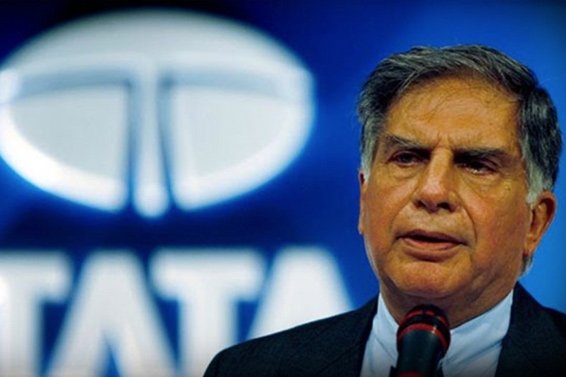Can Tata Motors finally pull the plug on Ratan Tata’s dream project, the Tata Nano?
One of the flagship companies in the stables of the salt to software conglomerate – the Tata Group, is none other than its automotive division Tata Motors whose products include passenger cars, trucks, vans, coaches, buses, construction equipment and even military vehicles.
 The company, quite like the automobile industry in general these days, is in a dire situation and this can be reflected in its share price which is trading close to its lowest levels in over eight years.
The company, quite like the automobile industry in general these days, is in a dire situation and this can be reflected in its share price which is trading close to its lowest levels in over eight years.
A product from the stables of Tata Motors, which stirred up quite a storm when launched exactly a decade ago, in this very month of July, was its compact city car the Tata Nano.
The Nano when launched was the world’s cheapest or most affordable car with a price tag of ₹ 1 lakh and was dubbed to be the dream project of Tata Group Chairman Emeritus Ratan Tata. Even as the price tag on the basic model saw cost escalations to manufacture it, the selling price was maintained at ₹ 1 lakh with Ratan Tata insisting “a promise is a promise”.
Fast forward a decade to present day and Tata Motors has not produced even a single unit of the car since January of this year and has not sold a single unit since February of this year, according to regulatory filings. Further, in the entire F.Y. 2018-19 Tata Motors has managed to sell just 376 units of the car, which other than being its lowest ever, is also almost half of what its direct rival Maruti Alto sells – in a day.
So what went wrong?
If one has to pin point a few aspects it could be the fact that since its inception it was burdened with the perception of being a cheap car and dwarfed by its overbearing price tag of just ₹ 1 lakh. With one analyst claiming that its failure lies in its marketing, which betrayed a fundamental understanding of the Indian car market. Cars in India are aspirational, but this was positioned as a cheap product. Add to that, when questions were raised over its quality and durability when a dozen cars caught fire in its initial days which certainly didn’t help its cause.
To give you an idea of the dwindling sales of the Nano, which have always been underwhelming, but, in the last few years, it has been reduced to a trickle.
Its sales peaked out in 2011-12 when it touched 74,527 units. Since then however, it has been a downward slide despite repeated attempts at propping it up including giving it a full facelift with the Gen X Nano loaded with an automatic transmission in 2015, but nothing has worked.

Soon, with safety norms such as anti-lock braking system (ABS), driver side airbag, speed warning system, rear parking system, structural stability etc. due to become mandatory, upgrading the Nano, especially given that sales volumes are so low, does not make sense.
Rumours of its end have circulated for quite some time. However, given that it was a dream project of Ratan Tata, it is a sensitive topic in the board rooms of Tata Motors. Most senior executives refuse to speak on the future of the car, and those who do are mostly defensive about it.
Its discontinuation was a also a hot topic of contention between Ratan Tata and former chairman of the group Cyrus Mistry when Mistry had alleged that the car had reached a peak loss of ₹ 1,000 crore and further went on to say that Tata Motors was unable to close down the project due to emotional reasons.





